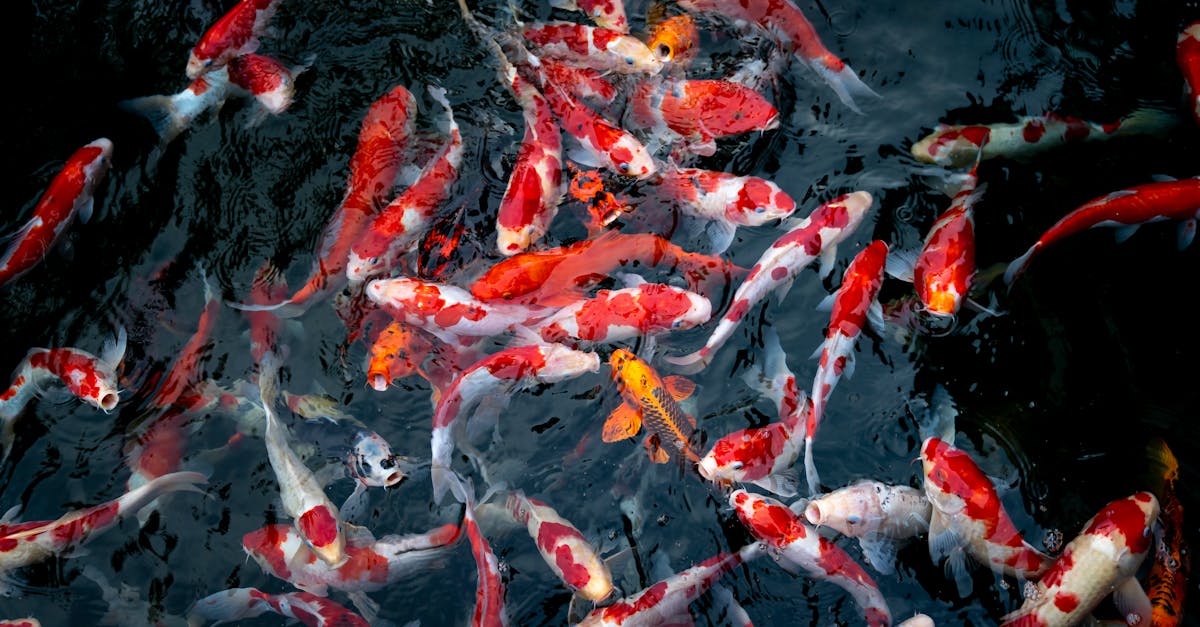How to Bake Low Histamine Fish to Retain Flavour

Oven Settings and Timing
The right oven settings and timing are crucial to achieving perfectly baked low histamine fish. A temperature of around 180°C typically works well for most fish recipes. Preheating the oven is essential to ensure the fish cooks evenly. Depending on the thickness of the fillet, baking times can vary. A general guideline is to bake fish for about 10 minutes per inch of thickness. Checking for doneness with a fork or a thermometer can help determine if the fish has reached the safe temperature of 63°C.
Timing can be adjusted based on the specific type of fish being used. Delicate fish, such as sole or flounder, will require less time compared to firmer varieties like salmon or cod. Keeping an eye on the fish as it bakes can ensure it does not overcook, which can lead to dryness. Using a timer can be beneficial, allowing you to focus on preparing accompanying dishes while the fish bakes.
Optimal Baking Temperatures
Selecting suitable temperatures is crucial when baking fish, particularly for those managing histamine sensitivities. Start by preheating the oven to a moderate temperature, typically around 180°C (350°F). This allows the fish to cook evenly without drying out, preserving both its moisture and natural flavours. Cooking at too high a temperature can lead to tough textures and loss of taste.
Monitoring cooking times along with temperature is equally important. Fish generally requires between 15 to 25 minutes in the oven, depending on its thickness. A thicker fillet will need more time, while thinner cuts will cook more quickly. Using a food thermometer can help ensure that the fish reaches an internal temperature of at least 63°C (145°F), confirming it’s both safe and perfectly cooked.
Adding Vegetables for Flavour
Incorporating vegetables into your fish bake can significantly enhance the dish's flavour profile. Opting for low histamine options ensures that the meal remains suitable for sensitive diets. Zucchini, carrots, and bell peppers are excellent choices that not only add colour but also a subtle sweetness, which perfectly complements the natural taste of the fish. When layered beneath or around the fish, these vegetables absorb the fish's juices while maintaining their firmness and nutritional value.
Herbs and spices can further elevate the flavours. Fresh parsley, dill, or thyme work wonderfully, infusing the entire dish with their aromatic properties. Pairing these herbs with a drizzle of olive oil can create a delightful coating that enriches both the fish and the accompanying vegetables. Roasting these ingredients together brings out their inherent sweetness, making the meal satisfying and delicious.
Low Histamine Vegetable Pairings
When preparing low histamine fish dishes, consider pairing them with vegetables that won't trigger histamine release. Zucchini, carrots, and beetroots are excellent options. These vegetables not only retain their flavour but also provide a delightful texture, complementing the fish perfectly. Their natural sweetness balances the savoury notes of baked fish, creating a harmonious dish that is both nutritious and delicious.
Another great addition includes fresh greens like spinach or kale. These leafy vegetables can be sautéed lightly before serving. Their mild flavour enhances the overall taste of the meal while keeping it low in histamine. Additionally, incorporating herbs such as basil or parsley can elevate the dish further. Not only do they impart freshness, but they also add a layer of complexity to the flavour profile without introducing histamine concerns.
Serving Suggestions
After baking the low histamine fish to perfection, consider serving it on a bed of quinoa or brown rice. These grains are gentle on the digestive system and complement the delicate flavours of the fish. A squeeze of fresh lemon can enhance the dish without adding histamine, while a sprinkle of freshly chopped herbs like parsley or dill adds a refreshing touch.
For a vibrant presentation, arrange the fish alongside a colourful salad featuring mixed greens. Use low histamine vegetables such as cucumber, bell peppers, and carrots for crunch. Drizzle with a homemade dressing made from olive oil and apple cider vinegar. This combination of freshness and texture elevates the overall dining experience, ensuring a delightful meal without compromising on dietary needs.
Complementary Side Dishes
Pairing your baked fish with the right side dishes can elevate the entire meal experience while ensuring it remains low in histamine. Steamed vegetables such as zucchini, carrots, and green beans provide not only essential nutrients but also a pleasing contrast in textures. Simple preparations using olive oil or herbs can enhance their natural flavours without introducing histamine.
For a hearty touch, consider serving the fish alongside quinoa or brown rice. These grain options offer a fulfilling base while being gentle on sensitive stomachs. A medley of fresh herbs can brighten up these sides, allowing you to create a balanced, flavourful plate that complements your baked fish beautifully.
FAQS
What is the best temperature to bake low histamine fish?
The optimal baking temperature for low histamine fish is typically between 180°C to 200°C (350°F to 400°F), depending on the thickness of the fish.
How long should I bake low histamine fish?
The baking time will vary based on the type and thickness of the fish, but a general rule is to bake it for about 10 minutes per inch of thickness.
Are there specific vegetables that pair well with low histamine fish?
Yes, low histamine vegetable pairings include zucchini, carrots, bell peppers, and green beans, as they are generally well-tolerated.
Can I add herbs and spices to low histamine fish?
Yes, you can use fresh herbs like basil, parsley, or dill to enhance the flavour without increasing histamine levels, but it's best to avoid dried herbs and spices that can be high in histamines.
What side dishes complement low histamine fish?
Complementary side dishes include quinoa, brown rice, or steamed low histamine vegetables, which all add nutritional value and flavour to your meal.
Related Links
What to Know About Steaming Low Histamine FishHow to Grill Low Histamine Fish for a Healthy Meal